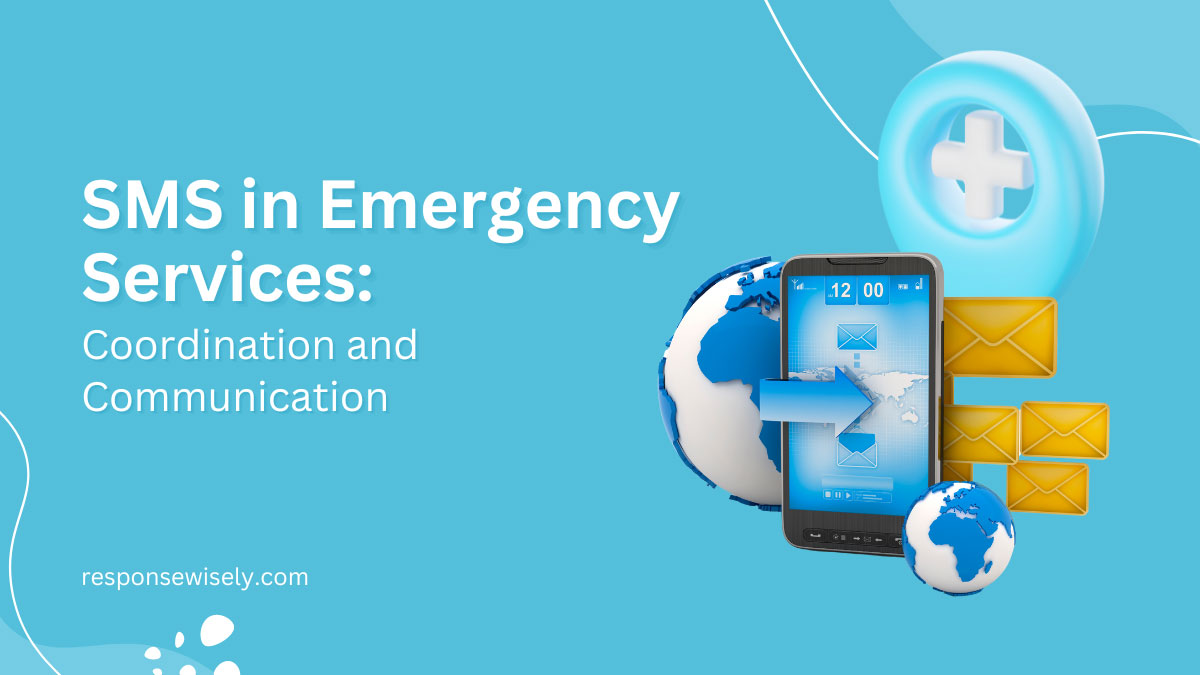In today’s rapid world, effective communication is key in emergency services. SMS plays a crucial role in coordinating responses and ensuring efficient communication among first responders. As a seasoned expert in the field, I’ve witnessed firsthand the impact of SMS technology on improving emergency services.
From alerting the public about emergencies to providing real-time updates to emergency personnel, SMS is a versatile tool that enhances coordination and communication during critical situations. Through my experience and expertise, I’ll investigate into the significance of SMS in emergency services and explore its role in streamlining operations and saving lives.
Importance of SMS in Emergency Services
Enhancing Coordination Among First Responders
In emergency services, SMS plays a vital role in enhancing coordination among first responders. Real-time updates through SMS enable quick decision-making and efficient deployment of resources during critical situations.
Improving Communication with the Public
SMS technology ensures effective communication with the public during emergencies. Alerts sent via SMS provide timely information, increasing public awareness and ensuring swift responses when needed.
| Data/Statistics | Details |
|---|---|
| SMS open rate | 98% |
| Average response time to SMS | 90 seconds |
| Percentage of people who prefer SMS alerts | 75% |
Implementation of SMS Systems
Choosing the Right Platform
Selecting a suitable SMS platform is crucial for effective emergency communication. Look for a system that offers mass messaging, real-time updates, and customization options to cater to diverse operational needs.
Training Personnel on SMS Protocols
Educating emergency personnel on SMS protocols is essential. Ensure they understand message templates, escalation procedures, and compliance with regulatory requirements for accurate and timely communication.
By focusing on the selection of platforms and training of personnel, SMS systems can be optimally utilized in emergency services for streamlined coordination and communication.
Benefits of Using SMS in Emergency Situations
In emergency services, SMS technology offers a wide range of benefits that contribute to efficient coordination and communication. Here are some crucial advantages of using SMS in emergency situations:
- Reliability: SMS messages are reliable even when other communication channels may be congested or unavailable, ensuring that critical information reaches its intended recipients.
- Speed: With an average response time of 90 seconds, SMS alerts enable swift dissemination of important updates and instructions to both first responders and the public.
- Broad Reach: SMS alerts have a high open rate of 98%, making them an effective tool for reaching a large audience quickly, especially in situations where rapid communication is essential.
- Real-time Updates: The ability to provide real-time updates via SMS helps in keeping all stakeholders informed about evolving situations, enabling prompt decision-making and resource allocation.
- Two-way Communication: SMS facilitates two-way communication between emergency services and recipients, allowing for the exchange of information, requests for assistance, and status updates.
- Cost-effectiveness: Implementing an SMS system for emergency communication is a cost-effective solution compared to traditional methods, providing value in terms of reach and efficiency.
- Customization: Messages can be customized based on the specific needs of different emergencies, ensuring that the information conveyed is relevant and actionable.
- Enhanced Coordination: By utilizing SMS for communication, emergency services can achieve enhanced coordination among teams, agencies, and individuals involved in response and recovery efforts.
The benefits of using SMS in emergency situations extend beyond improved communication to include increased efficiency, better resource management, and enhanced situational awareness. By leveraging the capabilities of SMS technology, emergency services can strengthen their preparedness and response mechanisms for a wide range of critical incidents.
Challenges and Solutions
Overcoming Technical Limitations
When it comes to using SMS in emergency services, one significant challenge is ensuring message delivery in areas with poor network coverage. To address this, utilizing SMS gateways with redundant routes can help improve message delivery rates. Also, implementing disaster-resilient communication infrastructure like satellite communication can serve as a backup during network outages.
Addressing Privacy and Security Concerns
Privacy and security are paramount in emergency communication. Encryption technologies such as end-to-end encryption can safeguard sensitive information shared via SMS alerts. Implementing access controls and secure authentication measures can also enhance the overall security of the system, ensuring that only authorized personnel can access and send critical messages.
Key Takeaways
- SMS is crucial for enhancing coordination among first responders, providing real-time updates and quick decision-making during emergencies.
- It ensures effective communication with the public through timely alerts, increasing awareness and enabling swift responses.
- Selecting the right SMS platform and training personnel on SMS protocols are essential for optimal utilization in emergency services.
- SMS technology offers benefits such as reliability, speed, broad reach, real-time updates, two-way communication, cost-effectiveness, and customization.
- Challenges in SMS emergency services include message delivery in low network coverage areas and privacy/security concerns that can be addressed with resilient infrastructure and encryption technologies.
Conclusion
SMS technology in emergency services presents both challenges and solutions. Ensuring message delivery in low network areas can be tackled with SMS gateways and backup communication systems like satellite technology. Privacy and security concerns are paramount, requiring encryption and access controls for safeguarding sensitive information. By addressing these issues, emergency services can enhance coordination and communication efficiency, eventually improving response times and saving lives.
Frequently Asked Questions
Q: What are the major challenges of using SMS technology in emergency services?
A: The challenges include message delivery in areas with poor network coverage, which can be addressed by utilizing SMS gateways with redundant routes and implementing disaster-resilient communication infrastructure like satellite communication as a backup during network outages.
Q: How can privacy and security concerns be addressed in emergency communication?
A: Privacy and security concerns in emergency communication can be addressed by implementing encryption technologies such as end-to-end encryption, access controls, and secure authentication measures. These measures help safeguard sensitive information shared via SMS alerts and ensure that only authorized personnel can access and send critical messages.

